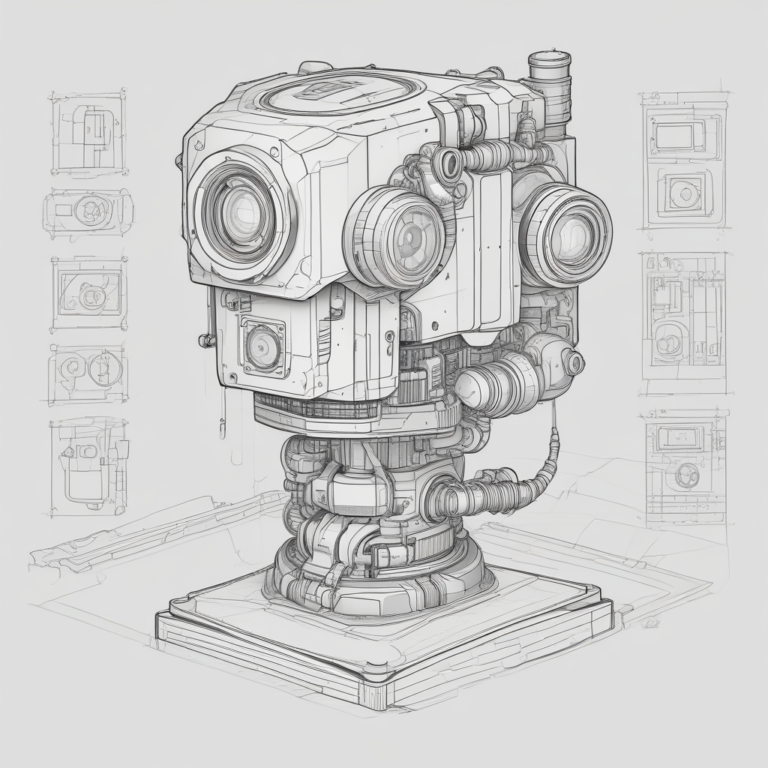The EU AI Act for Machine Builders
The EU AI Act represents a significant legislative effort aimed at regulating artificial intelligence (AI) technologies, particularly as they relate to machine builders. As AI becomes increasingly integrated into automation and robotics, understanding the implications of this regulation is crucial for compliance and innovation.
Introduction to the AI Act
Effective from August 1, 2024, the AI Act will be applicable to most provisions starting August 2, 2026. However, machine builders should take note of August 2, 2027, as this is when high-risk AI systems used as safety components will be regulated.
This act aims to promote the uptake of human-centric and trustworthy AI. It emphasizes the protection of fundamental rights and the establishment of ethical principles. Certain AI systems that pose unacceptable risks will be banned, including those that exploit individuals’ vulnerabilities or use subliminal techniques to influence behavior.
Compliance Requirements
Before any AI system can be marketed in the EU, it must be CE marked. This requirement applies whether the AI is a standalone system or embedded within another product. In cases where an AI system is integrated into a machine, the product manufacturer assumes the role of the ‘provider’, while the end user is considered the ‘deployer’.
Conformity Assessment
As outlined in the AI Act, conformity assessments are necessary to ensure compliance with regulatory standards. These assessments can either be conducted through self-certification or by utilizing third-party assessment bodies known as Notified Bodies. For AI systems used as safety components, self-certification is typically sufficient.
Importantly, if a Notified Body certifies compliance, this certification must be renewed every five years. If the AI system undergoes substantial modifications post-certification, it will require a new assessment and recertification.
Standards and Specifications
The easiest path to demonstrating compliance involves adhering to harmonised standards associated with the AI Act. Although these standards are still in development, they are expected to be finalized by April 2025. In cases where suitable standards are not available, the Act permits the establishment of Implementing Acts to create common specifications, which will also facilitate a presumption of conformity.
Declaration of Conformity (DoC)
Once an AI system meets the required standards, a Declaration of Conformity (DoC) can be issued. If the AI is embedded within a product, this DoC can be incorporated into the machine’s existing Machinery Directive DoC.
To indicate compliance, high-risk AI systems must display a physical CE marking. In cases where physical marking is impractical, the CE mark should appear on the packaging or accompanying documentation. Digital CE markings are also applicable for AI systems provided solely in digital formats.
Ongoing Obligations and Monitoring
After a high-risk AI system is brought to market, the provider must engage in post-market monitoring throughout the system’s lifecycle. Any serious incidents must be reported to the relevant market surveillance authority. High-risk AI systems used as safety components must also include provisions for automatic event logging, which aids in post-market surveillance.
If a high-risk AI system experiences substantial modification, its compliance status must be reassessed. This includes scenarios where the system is repurposed for uses not originally intended.
Penalties for Non-Compliance
The AI Act stipulates penalties for non-compliance, including failure to provide necessary information to authorities. These penalties can apply to various stakeholders, including providers, deployers, importers, distributors, and Notified Bodies. Fines can reach up to 15 million euros or 3% of the worldwide annual turnover, with significantly higher fines imposed for prohibited AI systems.
Conclusion
The EU AI Act marks a pivotal shift in the regulatory landscape for AI technologies, particularly for machine builders. As compliance becomes mandatory, understanding the nuances of this legislation will be essential for fostering innovation while ensuring the responsible deployment of AI systems.









